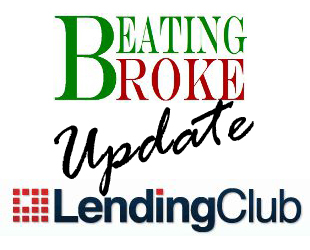If you’re looking to refinance your home, you will likely need to have an appraisal as it’s the first step to putting an official price value on your home. You may not know where to start, but learning how to make a refinance appraisal checklist is the perfect place. Once you do this, you can work on improving your property for the appraisal.

How to Make a Refinance Appraisal Checklist
My husband and I recently called our real estate agent because we wanted to refinance our house. She gave us several pieces of advice to prepare for an appraisal.
Get Rid of the Clutter

Most Americans have at least some clutter. Your job is to get rid of the clutter in preparation for the appraisal, much the same way you would if you were preparing your home for sale. Our real estate agent specifically said, “Make your house show ready.” However, she also added that in general we didn’t have to make places like closets pristine for an appraisal.
Make a List of Improvements to the Home
Since you’ve lived in your home, what improvements have you made? Make sure you have a list of what you’ve done and when you did it. Since we moved in, we’ve replaced the water heater, the HVAC, and two bedrooms’ flooring. Big ticket items like replacing the HVAC system help the appraiser increase the value of your home.
Make Easy Cosmetic Fixes
When you’re in your house every day, you tend not to notice the little things like the paint that is chipped off your kitchen cabinets or the hole in the dry wall where your child’s bedroom door handle hit the wall. You might not notice dingy floorboards or dusty door hinges, but the appraiser will.
These items don’t cost much to fix, but they can increase the value of your home by creating the appearance that you care for your home and that it is well-maintained.
Look at the Curb Appeal

How does your house look on the outside? Is the paint fresh or the siding clean? Is the lawn mowed? Nicely landscaped? Or, do you have piles of clutter outside?
A tree fell in our backyard during a windstorm, and while we had taken care of most of it, the trunk of it still lay across our backyard. The real estate agent was adamant that we must take care of that before the appraiser came.
Get Comps for the Neighborhood
How much do comparable houses in your neighborhood sell for? Having this information gives you an idea of how much your house would likely sell for. Making this information easily accessible to the appraiser also gives him a starting point.
Our real estate agent offered to put together a list of comps for us. However, we didn’t need her to. When we put in our application for refinance, the comps in our area were high enough and our mortgage low enough, that the bank didn’t even require an appraisal.
Final Thoughts
Now is a good time to consider a refinance based on the market. If you’re wondering how to get started, hopefully this helps you learn how to make a refinance appraisal checklist.
Melissa is a writer and virtual assistant. She earned her Master’s from Southern Illinois University, and her Bachelor’s in English from the University of Michigan. When she’s not working, you can find her homeschooling her kids, reading a good book, or cooking. She resides in New York, where she loves the natural beauty of the area.



